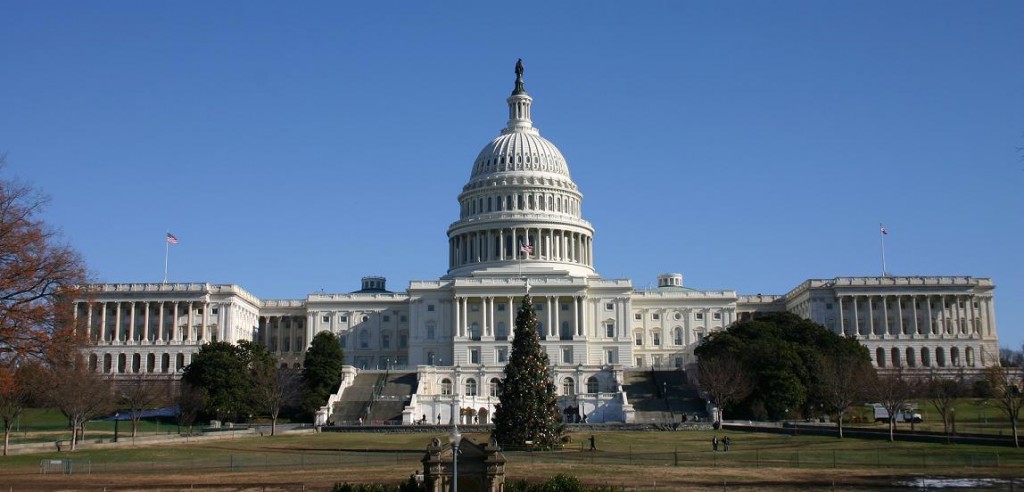On Nov 4th, Congressional Republicans beat back their Democratic opponents in nearly every part of the country. Because of this resounding victory, Republicans have a tighter control of Congress than they’ve enjoyed since America teetered into the Great Depression at the end of the 1920s. (Hopefully this is not foreshadowing).
Although Republicans already enjoyed a solid, governing majority in the House heading into the 2014 midterms, the party still managed to gain more than a dozen seats (a few contests sill remain too close to call, so a final tally isn’t yet known). The Senate—as is generally the case—is a bit tighter, but Republicans managed to pick up at least 8 seats with the possibility of a 9th if Bill Cassidy (R) defeats Mary Landrieu (D) in the Louisiana runoff on December 6th (as he’s expected to do). While legislating is much more difficult to do in the Senate, particularly when the majority party lacks the 60 votes necessary to overcome filibusters, Republicans will now have effective control over the Senate floor and all committee work, where the party can set priorities and push favored legislation.
So, what does this all mean for renewable energy? In a word: Trouble.
It’s no secret that Republicans generally view renewable energy less favorably than their Democratic colleagues. While it’s true that several Republicans have voted in the past to support renewable incentives and programs, many in the GOP have more recently opposed government support for renewable energy.
Renewable energy’s first test will come during the current Lame Duck session when Congress must decide whether or not to approve a package of tax “extenders” that includes the Production Tax Credit for wind and geothermal energy; as well as separate credits for cellulosic ethanol and biodiesel fuels. These credits expired at the end of 2013, and have been stuck in limbo since. Since November 4th, several conservative organizations and some lawmakers have called for an end once and for all to the PTC. Although it’s ultimately likely that Congress passes this suite of tax extensions, pressure is mounting to end, or at a minimum phase out, the PTC. Republican leadership in the next Congress will likely look for ways to make this happen.
If history is any guide, Congressional Republicans will also attempt to trim spending on renewable energy programs. These include the now-solvent loan guarantee programs at the Departments of Energy and Agriculture; as well as ongoing efforts at the Department of Defense to incorporate more renewable power into its own energy mix. The GOP-controlled House has continually tried to shift money from renewable energy over to fossil-fuel programs, and it’s expected the incoming Republican Senate will do the same
Besides tax incentives, the two biggest federal programs driving renewable energy development will be the ongoing Renewable Fuels Standard (RFS) and the Environmental Protection Agency’s proposed Clean Power Plan to limit greenhouse gas emissions from the utility sector. With many Midwestern Republicans and Democrats alike supporting the RFS, repeal is all but impossible. Substantial revisions could be on the way; however, as reformers are looking to scale back the mandates for as-yet-to-be produced advanced (cellulosic) fuels and perhaps even opening up the standard to nonconventional petroleum products.
Unlike the RFS, EPA’s efforts face near-unanimous Republican opposition. Speaker Boehner and incoming Majority Leader McConnell have already promised action to stop the agency from moving forward with GHG regulations. It’s very unlikely McConnell will have the 60 votes needed to overcome a certain filibuster—much less 67 votes to overcome a veto—but he does have alternative ways to get at his goal. First, Republicans could attempt to use the Congressional Review Act (CRA) to override agency action. Although using the CRA is immune from Senate filibuster and only needs 51 votes for passage, this tactic has only been used successfully a single time since its creation. Further, the CRA can only be implemented once a rule has been finalized (at least 18 months away in this case) and Republicans will not want to wait until then before acting. Their second alternative is to use the appropriations process to prevent EPA from implementing rules related to reducing GHG emissions. This tactic faces better odds, although success isn’t guaranteed. It’s unlikely a full repeal of the Clean Power Plan would be enacted, but Republicans might find some bipartisan support—and a less confrontational White House—if they craft more targeted changes that could lead to additional state flexibility or longer compliance timelines.
With Congress unable to move significant legislation, the RFS and the Clean Power Plan could still push renewable energy development; however, Congressional interference or repeal of these efforts could create additional uncertainty and drive away investment.
If you would like any information about the federal renewable energy policy, please reach out to the Polsinelli Public Policy or Energy practice groups, or contact us directly at:
Tracy Hammond, 202.626.8322, thammond@polsinelli.com
Luke Hagedorn, 816.572.4756, lhagedorn@polsinelli.com

